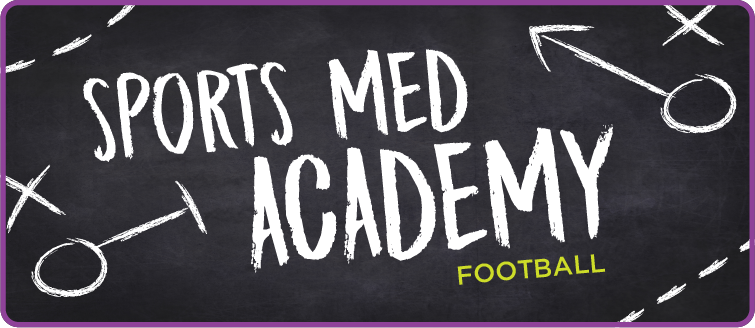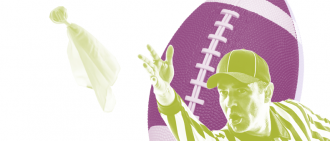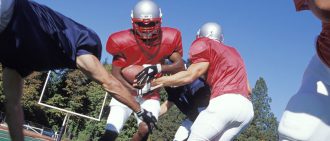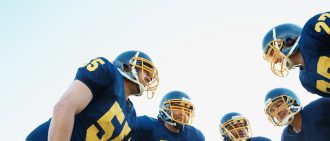Educate yourself with monthly topics that cover a variety of sports-related information for athletes, parents, and coaches. This month, we set up a game plan on covering football: From injury prevention, sports performance, and everything in between to help you perform your best on the gridiron.
-
Gridiron Safety: Common Football Injuries by Position
Football is revered as one of America’s greatest pastimes.Learn More
-
Medical Mondays: Sport Injuries
You practice hard. You play even harder. With any sport comes the chance of injury. We’ve compiled a list of the most common football injuries by position.Learn More
-
Common Sports Injuries: Football
Football is a high-contact and high-energy sport. The repetitive nature and impact of football can leave players sidelined with different injuries.Learn More
-
Football Foods: Diet Breakdown by Position
Just as football teams are made up of a variety of positions, different diets are needed to fuel the performance of players on the field.Learn More




